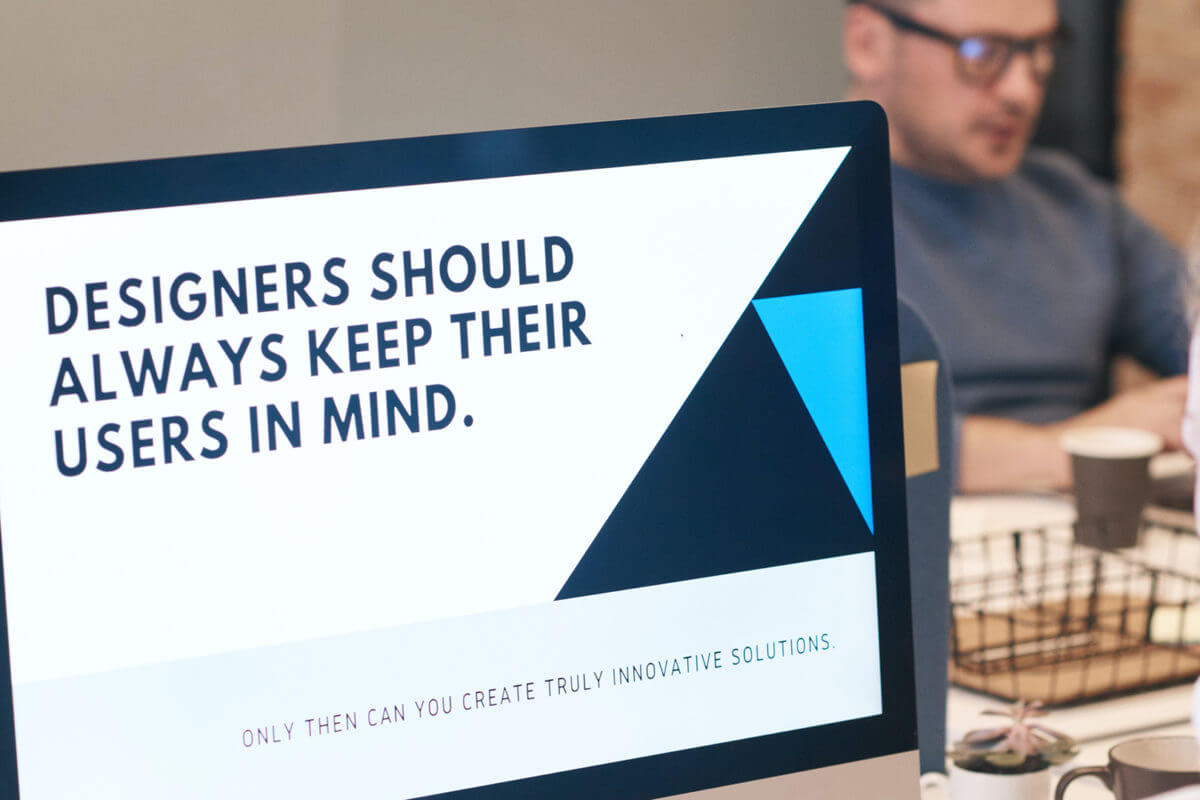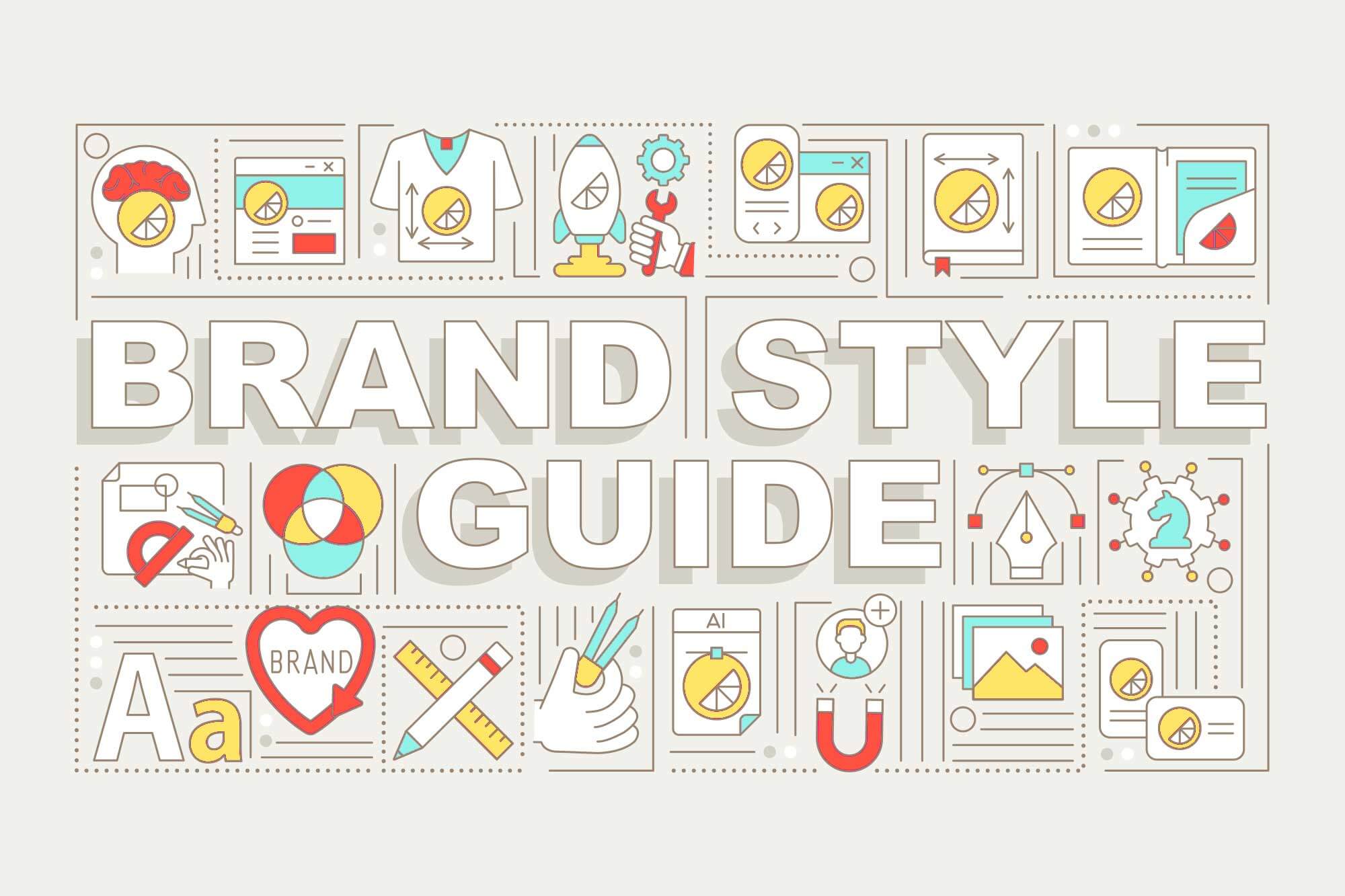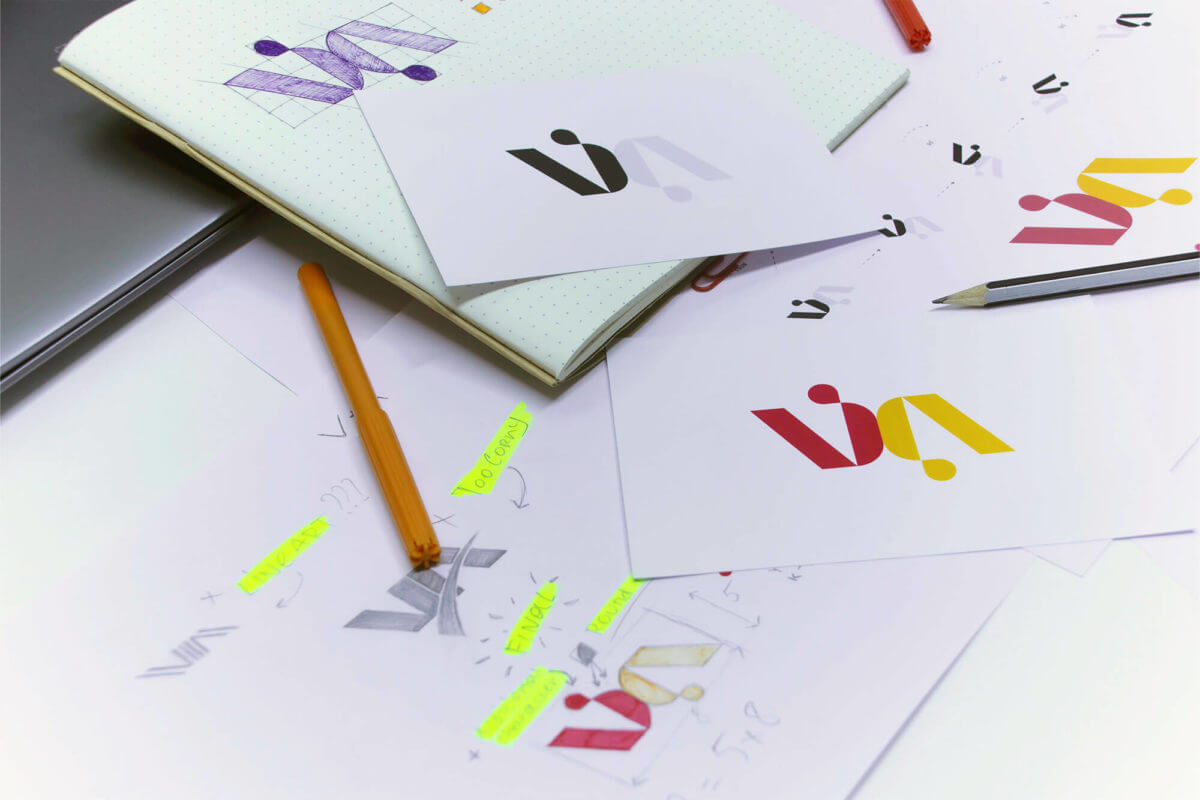‘Emotional Design’ is the term that was introduced by Donald Arthur Norman, co-founder of Nielsen Norman Group, in his popular book — ‘Emotional Design’. Emotional design is a design approach to create products that deliver positive experiences for users. UX/UI designers use this design approach to design creative interfaces in order to trigger a positive emotional response from the users. The emotions that a product generates can have a great impact on users’ perception of the product.
Emotions play a significant role in the human potential of understanding and learning the world. Positive experiences arouse curiosity and liking, whereas negative experiences safeguard us from repeating mistakes. Emotional design has a strong influence on the designs of websites or applications for better and more delightful UX.
Three Levels of Emotional Design
Don Norman defines three levels of emotional design that are largely interconnected and have a great influence on design. The three levels of emotional design are as follows:
1. Visceral Design
Visceral design is a subconscious level of reaction when users encounter a product. Generally, it deals with beauty and distinguished quality from look and feel, and sensory involvement. Users give immediate and strong reactions to visceral design. Reaction to a visceral design is induced by the initial sensory scan of the experience. Good visceral design makes users feel delighted and excited.
2. Behavioral Design
Behavioral design is related to the usability of the product, users’ perception of how well it functions, and how user-friendly it is. In behavioral design, function, physical feel and performance of a product matter the most. In this level, users form a firm opinion about the product. When you really know your users’ needs, you can ensure a good behavioral design.
3. Reflective Design
This is the final level of emotional design, which is concerned with the human ability to predict the impact of a product on life after using it. At the reflective level of emotional design, users interpret and understand things, they reason about the world and reflect on themselves. At this level, designers will want to increase the users’ aspiration to buy the product. The reflective design describes the complete impression of a product because users reflect on various aspects of the product like cultural aspects, functions, features, the meaning of the product, etc.
In short, all the above-mentioned three levels of emotional design are important in order to make the product appealing for the users. Visceral design refers to the appearance of a product, behavioral design refers to product functioning and reflective design refers to the long-term impact of the product. When these three levels of emotional design are combined appropriately, a great design is created.
How emotional design can offer a better user experience?
Since emotions are a significant part of human lives, emotional design is deigning to create exciting and delightful emotions in users. Therefore, emotional design plays a significant role in offering great user experiences. The emotional design tries to make users feel in a specific way that complements the product. There are some efficient emotional design principles that help to offer a better user experience:
1. Use visual elements to stimulate user emotions
Design various effective visual elements to induce emotions in users. Use the right colors in the designs to attract users, evoke delightful emotions, and provide different emotional experiences. Create clear, instinctive, and hierarchical layouts or typography to make users feel convenient, which enhances the user experience. In short, using visual elements appropriately helps in creating an emotional connection with your digital product.
2. Create smart interaction designs
Interaction designs improve the functions of a product, satisfy users needs effectively and offer more delightful experiences to users. Effective interaction design of a website or application not only helps users to understand the tasks clearly but also enables them to smoothly finish an interaction and buy the product. This plays a significant role in providing a more enjoyable experience for users.
3. Use a unique design style and theme
An exclusive design style and theme make a design outstanding and offer users a great first impression of the product. Sometimes, it also may happen that such a design can convert the user into a loyal customer or product promoter. To appeal the design style and theme to the user, keep it simple yet diverse. You can also try to use a humorous design style and theme, which amuse the users and increase engagement.
4. Use well-crafted content
Using appropriate words in the content helps users to express their emotions. Use engaging content and words full of emotions for instructions, messages, notifications, feedback, and other texts because it will be more convincing and attractive for users. A great design with emotive words creates an emotional connection with users and gives them a delightful experience.
5. Personalize the designs with creativity
A creative design idea leads to successful emotional design for a digital product. Personalize the web/app designs with creative ideas and make them exclusive and emotional. Such personalized designs offer a great user experience and increase the conversion ratio.
6. Give details
Giving details on the web/app make it outstanding and successful. Details guide users to browse through the product thereby offering a better user experience. So, consider every detail of the product and fill the design with emotions.
Wrapping Up
Emotional design has three levels — visceral design, behavioral design, and reflective design. All these levels combine together to form an effective and impactful design that offers a delightful experience to users. So, never underestimate the power of emotional design because it can add value to your product. If you want to create a compelling and emotional website or application, follow the six efficient emotional design principles.
“Emotional Design is the crux of changing user behavior.”
Whether you’re thinking about creating a new application or have, or have an interface that encourages user interaction here at WorldPlay Digital we consider the emotional impact of all our designs. Please check out our services and see how we can help you.




